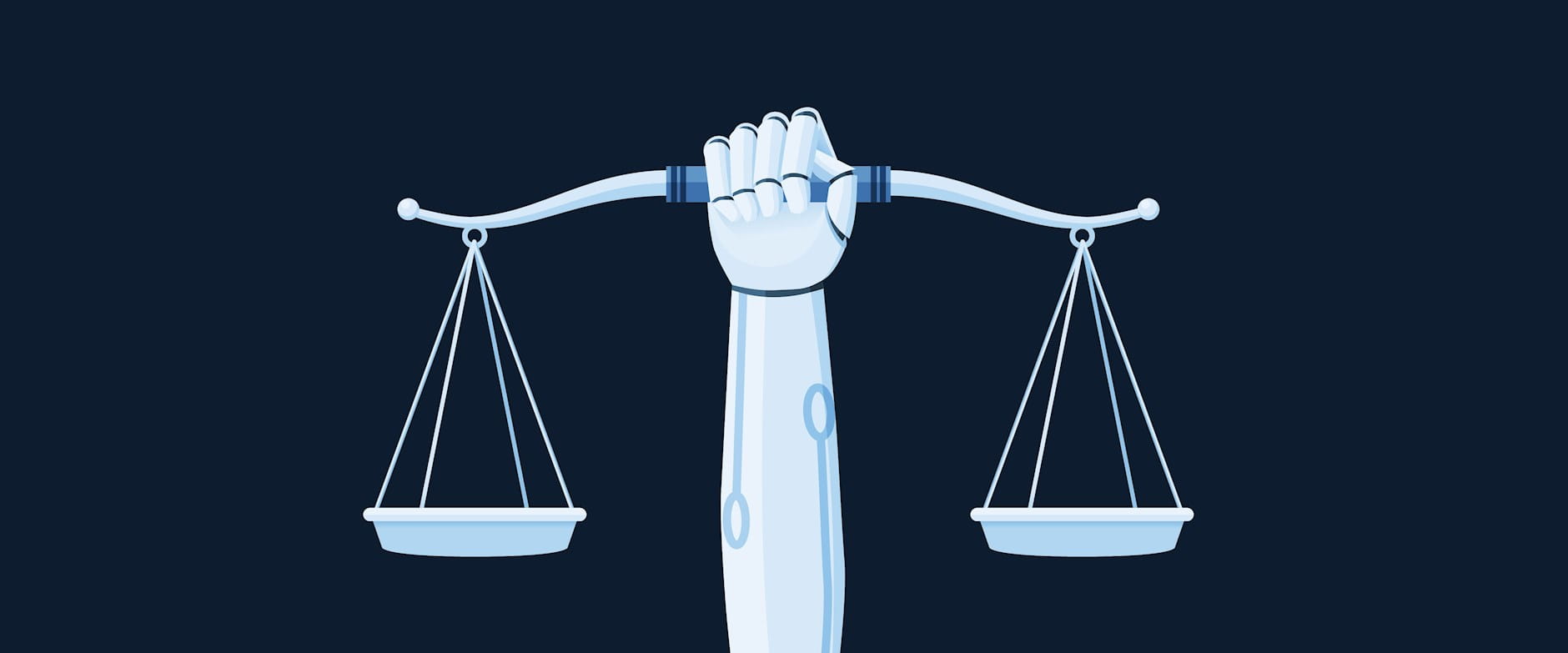Chicago Booth hosted a conversation in February as part of its 2024 lineup of Economic Outlook events. In a discussion moderated by journalist Tim Phillips, Booth’s Randall S. Kroszner and Chad Syverson and New York University’s Julia Lane analyzed the labor-market transition underway. The following is an edited and abridged excerpt.
Tim Phillips: When we discuss artificial intelligence, it represents a bag of all sorts of different technologies. Do we really know what we mean by AI at the moment, and can we easily capture, measure, and estimate its impact?
Julia Lane: Those numbers, I think one might call them bollocks. They are not robust. These claims that are being made are from feelings or interviews with business managers, which kind of feed off each other. So there’s a lot that needs to be done.
Chad Syverson: Julia raises a very fair concern about direct measurement of AI. And in terms of productivity, it isn’t enough to measure AI investments themselves; related investments and intangibles have to be part of the equation too.
But I think there is a data-driven case to be made that maybe we’re starting to see an emergence from the productivity growth slowdown that’s been going on for 15-plus years. Almost every economy, regardless of income level or geographic location, has seen this slowdown, and with it, stalled economic growth.
We’ve all been looking for signs of an emergence from the slowdown, and it might be happening—although we’re far from knowing that the productivity growth slowdown is over.
Phillips: Is it too early to be able to think about the macroeconomic impacts of AI, for example, increased demand for investment?
Randall S. Kroszner: Certainly we’ve seen a lot of excitement in the stock market over a number of companies that have been either producing or using AI technologies. That suggests there might be a lot of investment going into this area that could affect many industries.
A few years ago, there was a lot of discussion of so-called secular stagnation, which was a way of talking about the productivity slowdown. Under the secular stagnation hypothesis, you’d see interest rates fall because demand for investment would not be very high. But if you’ve got a lot of excitement about investment in AI, that could lead to a substantial increase in investment demand over the next few years. All other things being equal, that would lead to interest rates moving up.
This is a big debate right now. After central banks start to normalize interest rates once inflation comes down, where will interest rates end up?
In this scenario, rates will end up, in the long run, closer to what they were before the financial crisis rather than at the very low levels that we’ve seen recently. The level of interest rates, in turn, has an impact on thinking about the valuations of startups that might be coming into the AI space. It’s important to work out these scenarios, particularly if you’re thinking about investment in this area.
Phillips: There is a debate at the moment about the impact of AI at that micro level in the workplace and whether it is going to replace tasks, augment workers, or supplant jobs entirely. What’s the research telling you?
Syverson: Is this IT 2.0, where we’re going to see even more skill-biased technological change and further increases in inequality? Or might we see an actual compression in the earnings distribution?
It’s early, and we only have a few good case studies. But those so far seem to indicate it’s the latter, that AI technologies, at least in the applications where they’ve been used, help workers at the lower end of the skill distribution and bring up productivity most among those workers. Time will tell.
Phillips: How would you even begin to measure the productivity effects of something like generative AI?
Lane: The challenge is that AI is neither an industry nor a scientific field. We don’t have a statistical infrastructure that deals with it. We’re not producing physical goods or services as much as ideas. Growth is not occurring through investments in capital, labor, energy, material, or services, but in how they’re being put together.
If you think ideas are embodied in people, you need to trace people. See who’s doing AI work at universities. You can track them through research grants—not just them but the graduate students, postdocs, undergraduates, and so on who we know have value because we are seeing them flow into the labor market and get paid $750,000 a year plus stock options.
We created something about 15 years ago that captures the human-resource and finance information that is spent on the grants at those universities. You can track those people into the wage records of the companies in the private sector. You can identify which of those companies are touched by AI or any of the other critical and emerging technologies, such as quantum computing or synthetic biology.
It’s a technology-agnostic approach that says, “OK, what we’re really looking at is not just manufacturing industries or service industries but what we’re calling the industry of ideas.” That’s how you capture what’s going on, what happens to the other workers in those companies, and what skill needs there are.


